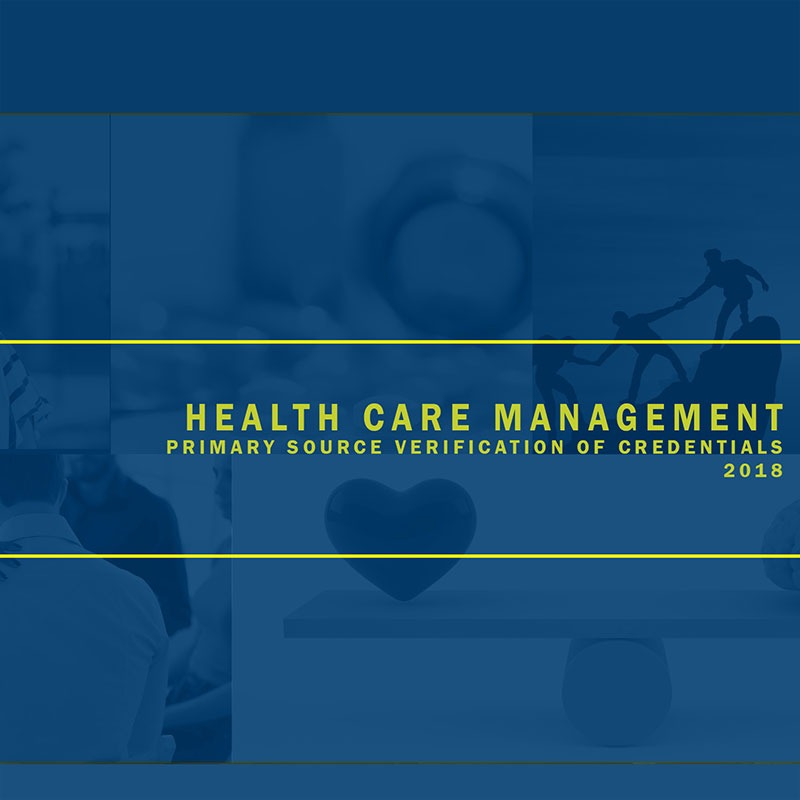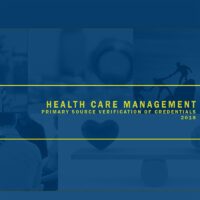How Three CINs Achieved Measurable Benefit – Health Care Management
$49.00
How Three CINs Achieved Measurable Benefit – Health Care Management
2018
Description
The PDF download includes the link to the URAC Educational Workshop Video, your purchase allows you one download of the PDF which you can access once you complete the payment process.
Two CEOs and a VP from three leading healthcare networks share their journey of becoming a clinically integrated network (CIN), and the benefits of achieving URAC Clinical Integration Accreditation.
- A year after attaining URACAClinical Integration Accreditation, the team at Phoenix Children’s Care Network (PCCN) continues to benefit from stronger and more collaborative relationships with service providers, alignment with the clinical integration standards, and significant interest from community physicians to join the network.
- St. Vincent’s Health Partners (SVHP), Bridgeport, Conn., which became the first CIN in the nation to achieve URAC Clinical Integration in 2014, and achieved reaccreditation in 2017, has benefited on many levels, including gaining unexpected efficiencies and improvements.
- At Catalyst Health Network, which achieved URAC Clinical Integration Accreditation in 2017, the process of accreditation was an opportunity to improve the organization, validate to payers and new customers that they are clinically integrated to benefit patients, and demonstrate their commitment to quality healthcare and accountability.
In this webinar, you’ll hear from
- Christopher Crow, M.D., CEO, StratiFi Health, president
- Catalyst Health Network; Michael Hunt, D.O.
- CEO and president, St. Vincent’s Health Partners
- Casey Osborne, vice president, Phoenix Children’s Care Network.
Discover how URAC accreditation allowed these organizations to:
- Develop a roadmap for infrastructure and process development, including contracting practices, internal governance structure and communications strategies
- Demonstrate that the network has the policies, procedures and process in place that ensures they are audit-ready, should any regulator choose to review their services
- Design a compliant, effective governance structure using URAC standards as a guide
- Ensure the necessary components are in place to improve quality of care
- Increase efficiency and accountability across the network
- Provide greater transparency that is appreciated by payers, and state and federal regulators
- Expedite their ability to move forward on value-based models and integrated care initiatives
- Provide direction and guidance for the entire network through standards
- Enter into contracts with managed care networks that provide incentives for improving efficiency and quality
And much more.



